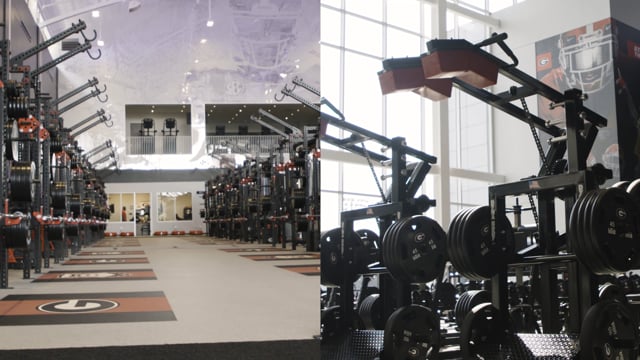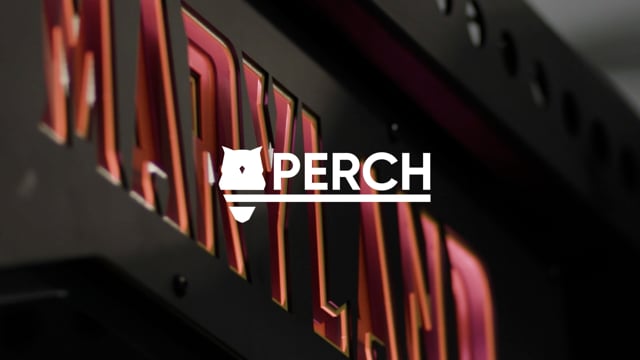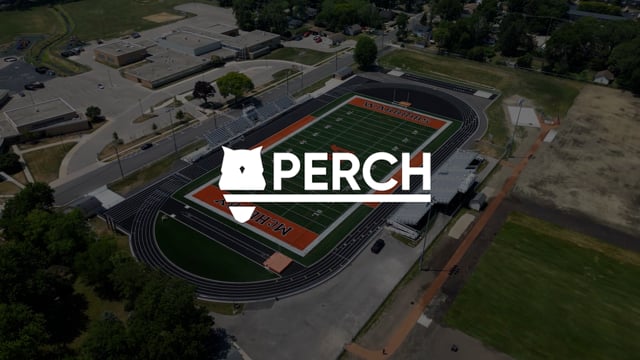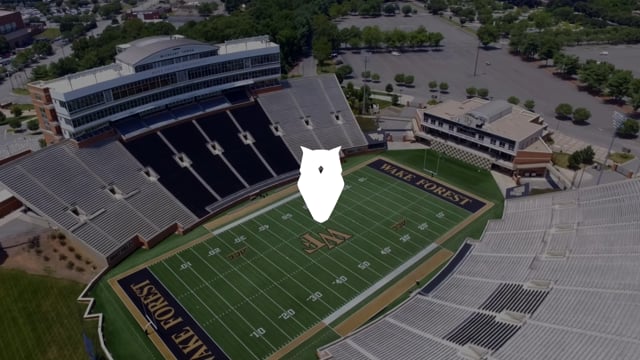Using VBT With Pro Baseball Players
Coach Taylor Nelson-Cook talks about using VBT and Perch with Professional Baseball Players in their offseason to prepare them for the season.
See Summary
Introduction and Background
- Taylor Nelson Cook is the Training Director at APEC Fort Worth.
- APEC handles training programs for athletes aged five to professional levels, including 39 baseball players from Major League Baseball (MLB) and Minor Leagues.
Needs Analysis and Training Evaluation
- New athletes undergo a 13-point biomechanical analysis for throwing mechanics and a stat test via Tom House Sports.
- These evaluations help identify needs like speed, strength, hip-shoulder separation, and overall body mechanics.
Strength and Mobility Assessments
- The program integrates strength assessments based on the "90-mile-per-hour formula."
- Tests include:
- 10-yard sprints, backward sprints, non-counter and counter-movement jumps.
- Strength measures like hex bar deadlifts (2x body weight) and anti-rotation exercises.
- Athletes follow APEC’s "Eight Point Performance", ensuring multi-plane body movement in sagittal, frontal, and transverse planes.
Incorporation of VBT
- APEC implemented Perch systems for real-time velocity tracking, enabling force-velocity profiling on key exercises.
- Velocity data is used to estimate athletes' max lifts and adjust their training loads dynamically.
Technology Use
- The facility tracks various performance metrics:
- Vertical jumps (inches).
- Sprint speeds (miles per hour) via GPS and laser timing systems.
- Kaiser machines for power output in wattage.
- Athletes' performance trends are recorded and compared to ensure training effectiveness.
Application for Baseball Athletes
- MLB players face unique challenges, such as extensive seasonal workloads (150+ games).
- VBT allows for adaptive training that minimizes wear and tear while maintaining or improving performance.
- For players with high game volume, reduced volume but optimized velocity training achieves similar adaptation results.
Athlete Programming and Adaptation
- Training focuses on power, speed-strength, and strength-speed, based on the force-velocity curve.
- Example: Some players perform five sets, with power and strength-speed adaptations targeted in different sets.
- Objective data, such as vertical jump heights and laser sprint times, are used to track improvement.
Program Outcomes
- Significant improvements include:
- Average sprint speed increased by three miles per hour in two months.
- Vertical jumps improved by four inches (from 29" to 33").
- Some athletes achieved elite-level performance (e.g., 43-inch verticals and sprint times fast enough to steal 20-30 bases per season).
Athlete Buy-In and Adjustments
- Initially, players were hesitant but became engaged after seeing objective data.
- Taylor adjusted training loads in real-time based on velocity thresholds. Athletes appreciated the measurable progress.
Case Studies and Results
- A pitcher who started in poor condition improved his movement and athleticism over the course of a year, leading to a promotion to AAA.
- Another group of players demonstrated faster recovery and improved power outputs through targeted VBT protocols.
Programming Adjustments with VBT
- Coaches adjust load and volume based on athletes' real-time performance.
- Key Performance Indicators (KPIs) such as sprint speed, vertical jump height, and wattage output guide ongoing program refinements.
Subjective Measures and Athlete Feedback
- Athletes provide feedback through Rate of Perceived Exertion (RPE), complementing velocity data.
- Real-time data enhances confidence in load adjustments, ensuring adaptations align with daily physical readiness.
Summary
- VBT and the Perch system enable APEC to provide precise, adaptive training, resulting in measurable performance gains.
- Athletes' engagement increases with data visibility, facilitating both short-term gains and long-term development.
This webinar showcases how cutting-edge VBT technology is transforming athletic training for baseball players, with a balance of objective metrics and athlete feedback optimizing results.
Related Webinars

Start Gathering Data With Perch Today!
Reach out to us to speak with a representative and get started using Perch in your facility.








